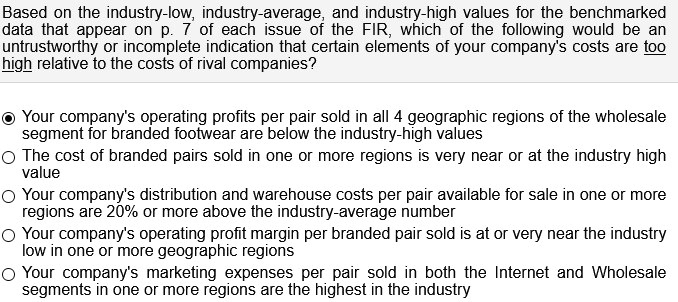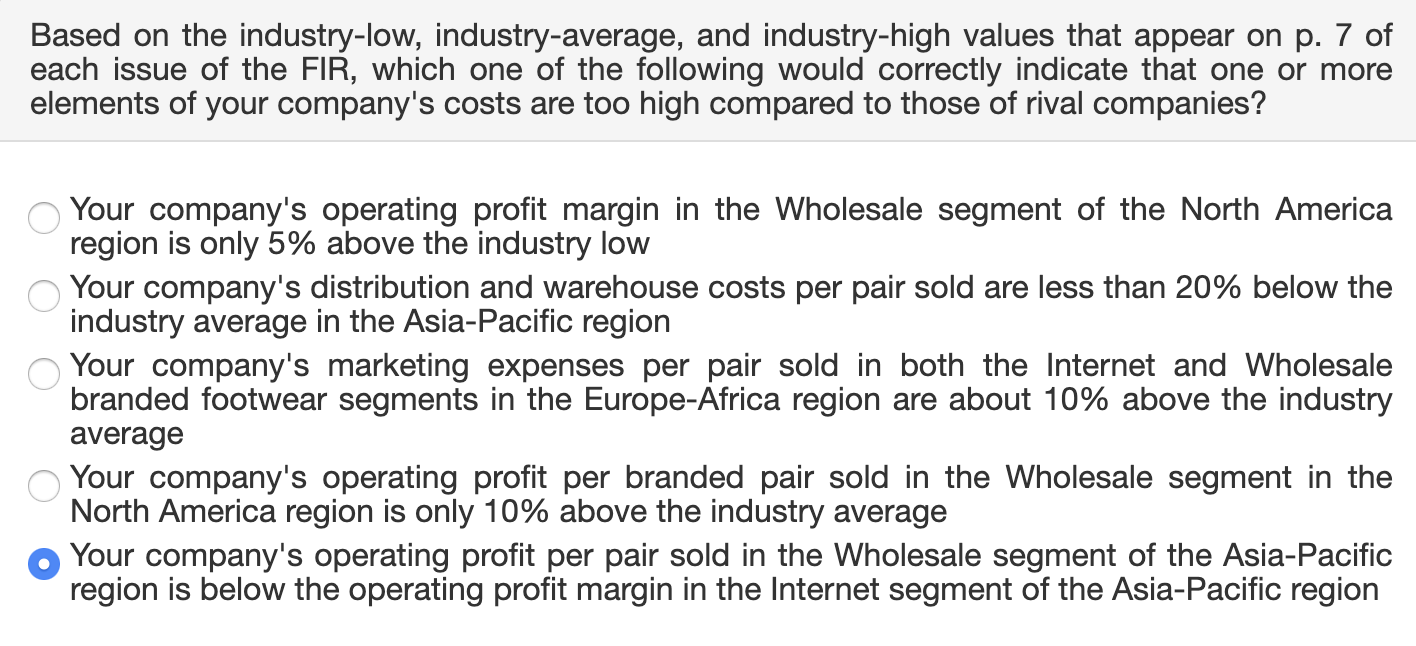Based On The Industry Low Industry Average

Imagine a sprawling field of solar panels, bathed in the golden light of the setting sun. These panels, silently and efficiently converting sunlight into energy, represent more than just clean power. They are a testament to innovation, a symbol of progress, and, surprisingly, an indicator of a burgeoning trend towards efficiency exceeding even the most optimistic industry forecasts.
The story of solar panel efficiency is one of constant improvement, fueled by relentless research and development. The fact that many companies are now producing solar panels that significantly outperform the industry's low average signals a bright future for renewable energy adoption and its cost-effectiveness.
The Rise of High-Efficiency Solar
For years, the average efficiency of commercially available solar panels hovered in the mid-teens, around 15-17%. This meant that only a relatively small portion of the sunlight hitting the panel was actually converted into usable electricity. However, recent advancements in materials science and manufacturing techniques have dramatically changed the landscape.
Companies like SunPower and Panasonic, along with a growing number of others, have consistently pushed the boundaries of what's possible. They've achieved efficiencies exceeding 22%, and some panels are even approaching the 25% mark in real-world testing, a stark contrast to the previous industry norm.
Behind the Breakthroughs
Several key factors have contributed to this remarkable progress. One of the most important is the development of new cell technologies, such as passivated emitter and rear contact (PERC) cells. These cells incorporate a thin layer of insulation on the rear of the cell, reducing electron recombination and increasing overall efficiency.
Another significant advancement is the use of advanced materials, including heterojunction with intrinsic thin layer (HIT) technology. HIT cells utilize thin layers of amorphous silicon to further improve efficiency and reduce manufacturing costs.
Furthermore, improvements in manufacturing processes have played a crucial role. Companies are now able to produce panels with tighter tolerances and fewer defects, leading to better performance and longer lifespans.
The Impact on Consumers and the Environment
The increased efficiency of solar panels has profound implications for both consumers and the environment. For homeowners, it means generating more electricity from a smaller rooftop area. This can significantly reduce the overall cost of a solar installation and shorten the payback period.
For example, a homeowner who previously needed 20 solar panels to meet their energy needs might now only require 15 or 16. This not only saves money on the panels themselves but also reduces the cost of installation and the amount of roof space required.
"Higher efficiency panels are a game-changer for the solar industry," says Dr. Emily Carter, a leading researcher in photovoltaics at Princeton University. "They make solar more accessible and affordable for a wider range of consumers."
From an environmental perspective, higher efficiency panels mean we can generate more clean energy with less land. This is particularly important in densely populated areas where space is limited.
It also reduces the environmental impact associated with manufacturing and transporting solar panels, as fewer panels are needed to generate the same amount of electricity.
Beyond Residential Applications
The benefits of high-efficiency solar extend beyond residential applications. Commercial and utility-scale solar projects also stand to gain from these advancements.
For large-scale solar farms, higher efficiency panels can reduce the amount of land required, minimizing the impact on natural habitats and agricultural land. They also lower the cost of installation and maintenance, making solar power even more competitive with fossil fuels.
Moreover, high-efficiency solar is particularly well-suited for off-grid applications, such as powering remote communities and providing electricity in disaster-stricken areas. The ability to generate more power from a smaller area is crucial in these situations.
Addressing the Challenges
While the future of high-efficiency solar looks promising, there are still challenges to overcome. One of the main obstacles is the cost of these panels. While prices have been steadily decreasing, high-efficiency panels typically cost more than standard panels.
However, as production volumes increase and manufacturing processes become more efficient, the cost of high-efficiency panels is expected to continue to decline. This will make them even more accessible to consumers and businesses.
Another challenge is ensuring the long-term reliability of these advanced technologies. While initial testing has been promising, it's important to monitor the performance of high-efficiency panels over their entire lifespan to ensure they meet expectations.
The Role of Government and Industry
Government and industry both have a crucial role to play in supporting the continued development and deployment of high-efficiency solar. Government incentives, such as tax credits and rebates, can help to reduce the upfront cost of solar installations and encourage adoption.
Industry, on the other hand, needs to continue investing in research and development to further improve panel efficiency and reduce manufacturing costs. Collaboration between universities, research institutions, and manufacturers is essential to driving innovation.
According to a recent report by the International Renewable Energy Agency (IRENA), increased investment in renewable energy technologies, including high-efficiency solar, is critical to achieving global climate goals.
Looking Ahead
The future of solar energy is bright, and high-efficiency solar panels are playing a key role in shaping that future. As technology continues to advance and costs continue to decline, solar power is poised to become an even more dominant force in the global energy landscape.
The industry low average is no longer the benchmark. Instead, it's a stepping stone to ever greater performance. The shift towards exceeding expectations is a testament to human ingenuity and our commitment to a sustainable future.
As the sun sets, casting its golden rays across the solar farms of tomorrow, one can't help but feel optimistic about the possibilities that lie ahead. The story of solar power is one of continuous improvement, and the best is yet to come.







